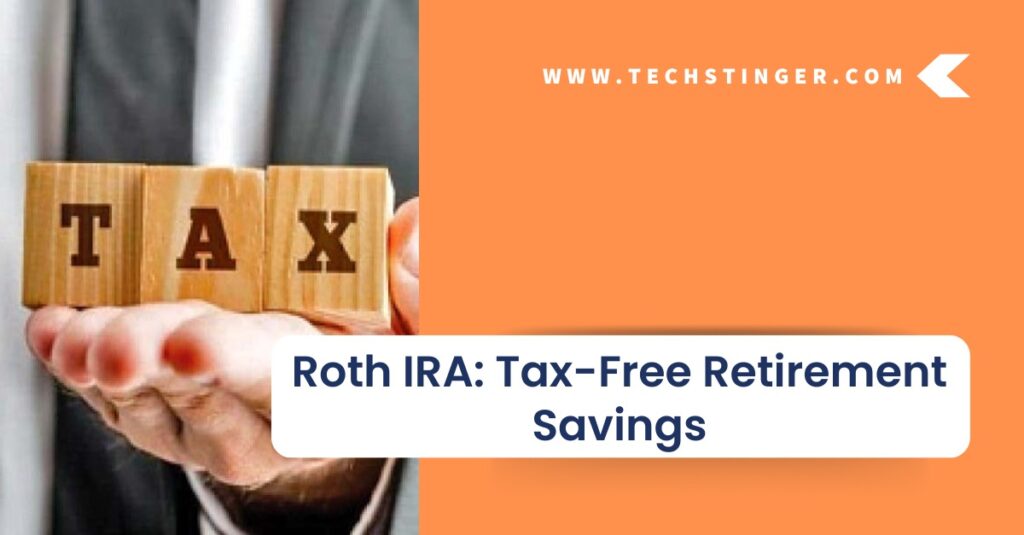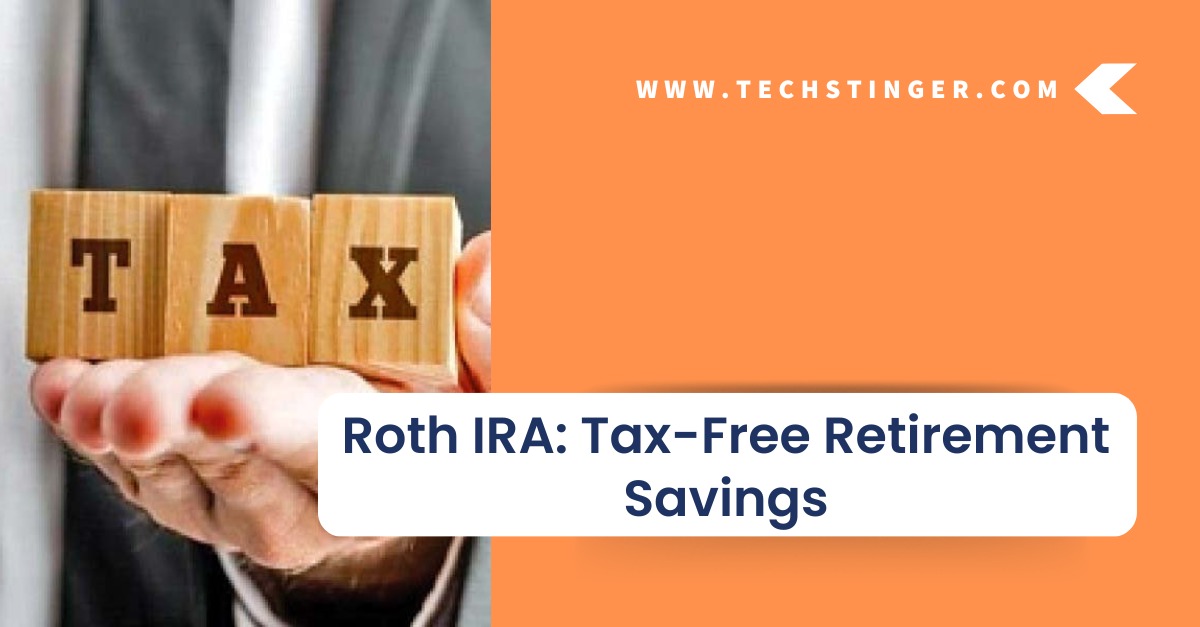Roth IRA: Tax-Free Retirement Savings

Retirement planning is a crucial aspect of everyone’s financial journey. One popular tool that individuals can utilize for tax-efficient retirement savings is a Roth Individual Retirement Account (IRA). In this article, we will delve into the concept of a Roth IRA, its benefits, and how it can help individuals secure a tax-free retirement. Let’s explore the ins and outs of Roth IRAs and understand why they are an attractive option for long-term financial planning.
1. What is a Roth IRA?
A Roth IRA is an individual retirement account that allows individuals to save for retirement on an after-tax basis. Unlike a traditional IRA, contributions made to a Roth IRA are not tax-deductible. However, the earnings and qualified withdrawals from a Roth IRA are entirely tax-free, provided certain conditions are met.
2. How Does a Roth IRA Work?
When an individual opens a Roth IRA, they can contribute funds to the account from their after-tax income. These contributions can be invested in a variety of financial instruments such as stocks, bonds, mutual funds, or exchange-traded funds (ETFs). Over time, the investments within the Roth IRA can grow, potentially providing substantial returns.
3. Contribution Limits and Eligibility
As of 2023, the annual contribution limit for a Roth IRA is $6,000 for individuals under the age of 50. For individuals aged 50 and above, a catch-up contribution of $1,000 is allowed, making their total contribution limit $7,000. However, it’s important to note that there are income restrictions for contributing to a Roth IRA. High-income earners may be subject to reduced or eliminated contribution limits.
4. Tax Advantages of a Roth IRA
One of the primary benefits of a Roth IRA is the tax advantage it offers. Since contributions are made with after-tax dollars, qualified withdrawals from a Roth IRA are tax-free. Additionally, unlike a traditional IRA, Roth IRAs do not require individuals to take mandatory minimum distributions (RMDs) at a certain age. This flexibility allows for continued growth and tax-free compounding over a more extended period.
5. Withdrawals and Distribution Rules
To enjoy tax-free withdrawals from a Roth IRA, certain conditions must be met. The account holder must be at least 59½ years old and have held the account for a minimum of five years. Additionally, qualified distributions can be made in the event of disability, death, or for a first-time home purchase (up to $10,000). It’s important to understand the withdrawal rules to avoid any potential tax implications.
6. Differences between Roth IRA and Traditional IRA
A significant distinction between a Roth IRA and a traditional IRA lies in the tax treatment of contributions and withdrawals. With a traditional IRA, contributions may be tax-deductible, but withdrawals are subject to income tax. In contrast, Roth IRA contributions are not tax-deductible, but qualified withdrawals are tax-free. Deciding between the two depends on an individual’s current and future tax circumstances.
7. Benefits of a Roth IRA
- Tax-Free Growth: The potential for tax-free growth is one of the most significant advantages of a Roth IRA. Earnings generated within the account can compound over time, resulting in substantial tax savings upon retirement.
- Flexibility: Unlike a traditional IRA, Roth IRAs do not mandate minimum distributions at a specific age. This flexibility allows individuals to continue growing their investments and potentially pass on tax-free wealth to their heirs.
- Diversification: Roth IRAs offer a wide range of investment options, including stocks, bonds, and mutual funds. This flexibility allows individuals to create a diversified portfolio tailored to their risk tolerance and investment goals.
8. Factors to Consider before Opening a Roth IRA
Before opening a Roth IRA, individuals should consider the following factors:
- Income and Eligibility: Ensure that you meet the income requirements for contributing to a Roth IRA and understand the eligibility criteria.
- Long-Term Financial Goals: Evaluate your long-term financial goals to determine if a Roth IRA aligns with your retirement plans and overall investment strategy.
- Tax Considerations: Analyze your current and anticipated future tax situation to determine if the tax advantages of a Roth IRA outweigh those of a traditional IRA.
9. Common Misconceptions about Roth IRAs
- Roth IRA Conversions are Irreversible: Roth IRA conversions can be reversed within a certain time frame if the individual wishes to undo the conversion.
- Roth IRAs are Only for the Wealthy: Roth IRAs are available to individuals with varying income levels, subject to certain contribution limits.
- Contributions Can be Withdrawn Tax-Free Anytime: While contributions to a Roth IRA can be withdrawn at any time without penalties, earnings can only be withdrawn tax-free if specific conditions are met.
10. Strategies for Maximizing Roth IRA Benefits
- Start Early: The power of compounding makes starting early a crucial strategy for maximizing Roth IRA benefits. The earlier you begin contributing, the more time your investments have to grow.
- Maximize Contributions: Contribute the maximum allowed amount to your Roth IRA each year to take full advantage of the tax benefits and potential growth.
- Consider Conversion: Evaluate the possibility of converting funds from a traditional IRA to a Roth IRA, taking into account the potential tax implications.
Conclusion
In conclusion, a Roth IRA offers individuals a tax-efficient and flexible way to save for retirement. With contributions made on an after-tax basis, the potential for tax-free growth and tax-free withdrawals in retirement makes it an attractive option for long-term financial planning. The ability to choose from a wide range of investment options and the absence of mandatory minimum distributions provide individuals with greater control over their retirement savings.

